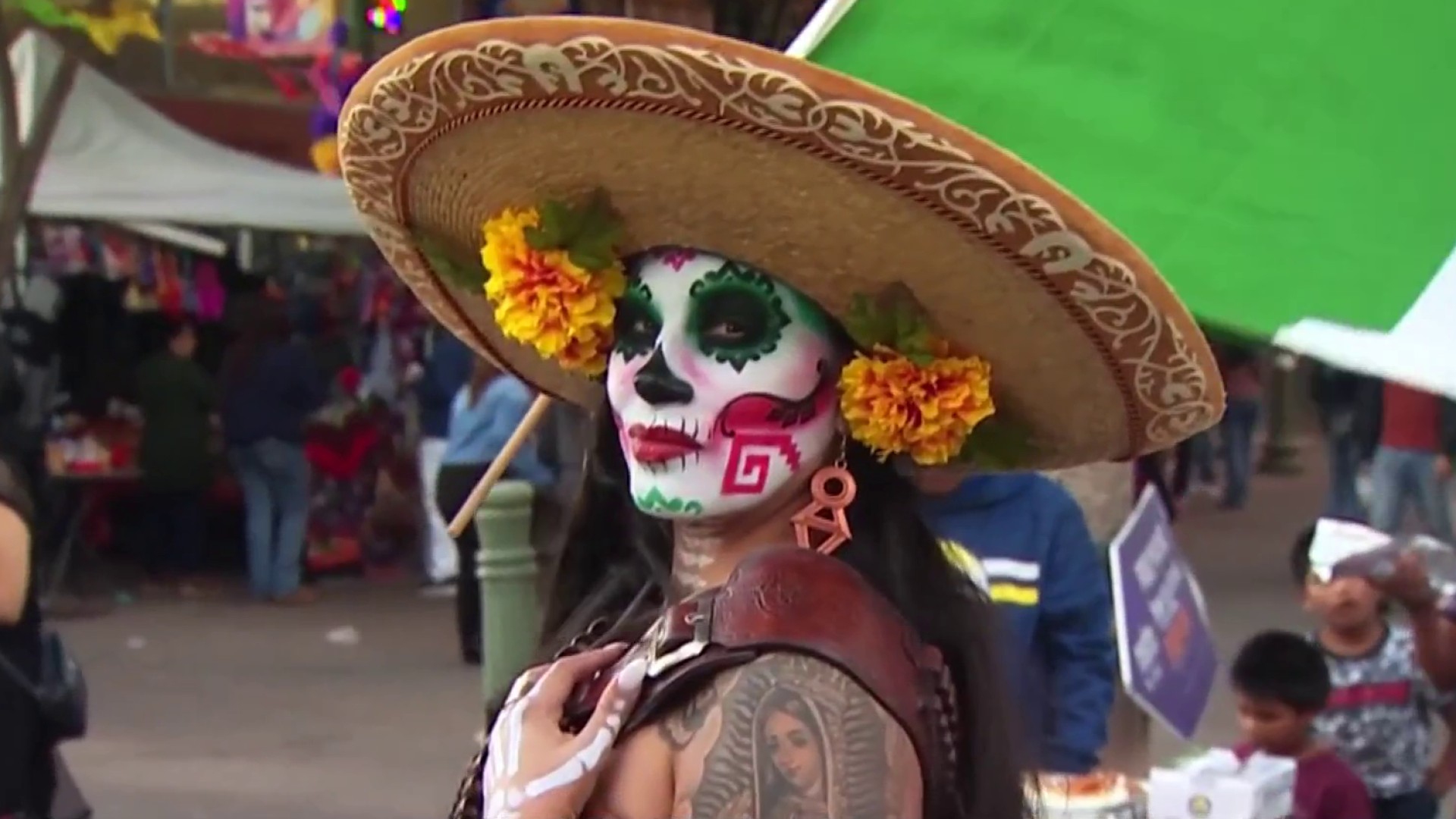People in schools and offices across the Bay Area will have a chance to practice their earthquake response Thursday morning as part of the "Great California ShakeOut."
Millions of Californians are preparing to participate in the Great ShakeOut and practice what to do during an earthquake. According to the shakeout website, about 10.5 million Californians have signed up to participate, with an additional 44.9 million participants worldwide.
This year's drill falls on 35th anniversary of the Loma Prieta earthquake. The magnitude 6.7 quake rocked the Bay Area and Northern California on October 17, 1989, killing 63 people and injuring about 3,700.
When is the Great ShakeOut?
The Great ShakeOut drill is scheduled for 10:17 a.m. PT Thursday. At that time, participants will practice what to do at homes and business during shaking from an earthquake.
How to get an alert during the drill
Local
Want to receive a push alert during the Great ShakeOut?
The MyShake app will send out a test alert for users in California, Oregon and Washington during the drill at 10:17 a.m. PT Thursday. The alerts are are provided in partnership with USGS and the California Governor's Office of Emergency Services.
Get a weekly recap of the latest San Francisco Bay Area housing news. Sign up for NBC Bay Area’s Housing Deconstructed newsletter.
According to the MyShake's website, the test will come in a photo and will ask users to "Drop, Cover and Hold on." An audio will play the following message: "Test of the Earthquake Warning System. No action required. This is a test."
The test will be sent as a normal notification and not a critical alert. The test will be suppressed if your phone is in silent or do-not-disturb setting, according to MyShake.
The MyShake app is available on Apple's App Store and Google Play for Android users. For more information, visit myshake.berkeley.edu.
How to protect yourself in an earthquake
You’ve probably heard it before, “Drop, Cover, and Hold on!" According to federal, state, and local emergency management experts, those three simple steps are the easiest and fastest way to prevent injury, or even death in the result of an earthquake.
When using a cane, experts recommend sitting on a chair, bed, or other piece of furniture if you’re unable to properly cover yourself. Then get as low as possible, cover your head and neck with your hands and hang on where immediately available.
For those using a wheelchair or walker, lock the wheels and lean forward as low as possible, then cover and hold.
Other accessibility or specific scenario recommendations can be found here.
What not to do during an earthquake
The Earthquake Country Alliance has a list of things not to do during the shaking:
- Do not stand in a doorway. Doorways in most modern houses are no safer than any other part of the house, and do not protect residents from falling or flying debris.
- Do not run outside. Attempting to run outside is dangerous as the ground moves and debris can fall down around you.
- Do not practice the “Triangle of Life": The Earthquake Country Alliance (ECA), a partnership of people and organizations in California that works to improve earthquake preparedness, reports recent emails describe alternative processes besides the standard “Drop, Cover, and Hold” recommended by experts, namely to stand next to a table rather than duck beneath it. "The so-called “triangle of life” and some of the other actions recommended in the e-mail are potentially life threatening, and the credibility of the source of these recommendations has been broadly questioned," ECA said.
For more information, visit shakeout.org.



